The creator who didn’t chase virality—and went viral anyway
How authenticity—not analytics—led Sabrina Brier from viral fame to paid campaigns.
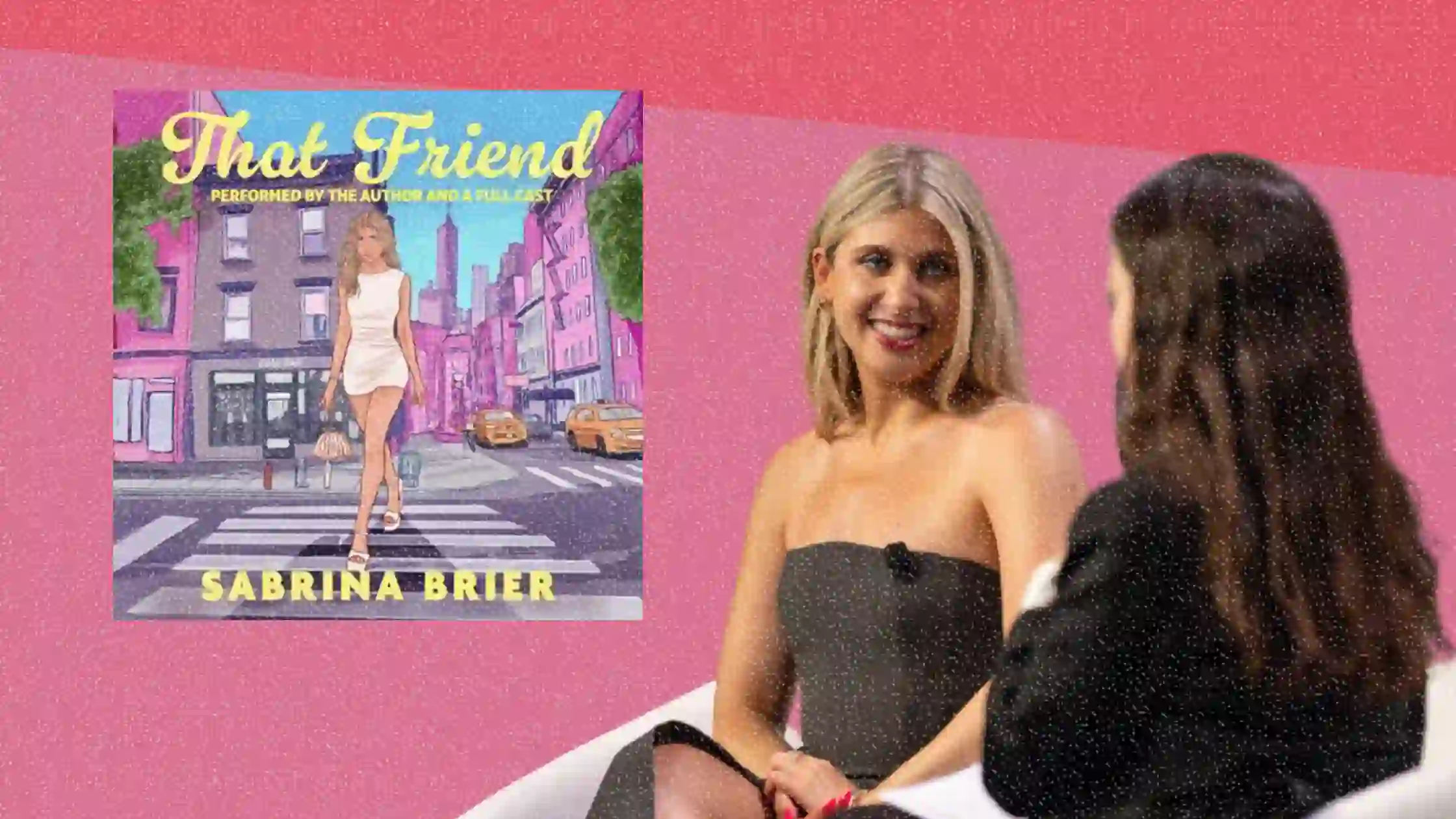
For creators navigating today’s algorithm-driven platforms, it's tempting to focus on one metric: views.
But for comedian and actress Sabrina Brier, her rise in the creator economy shows that numbers alone don’t tell the full story.
In a recent Social Media Week panel moderated by Cosmopolitan and Seventeen Editor-in-Chief Willa Bennett, Brier opened up about the real path to viral success—and it’s not what the metrics-obsessed might expect.
This article explores Brier’s creator journey, her viral breakout moment, and how marketers and content professionals can apply her mindset to stand out in a saturated landscape.
Short on time?
Here is a table of content for quick access:
- From hesitation to content confidence
- Virality means more than big numbers
- Turning authentic content into brand deals
- What marketers should know
- Metrics can’t buy trust: recommended tools for creators focused on authenticity
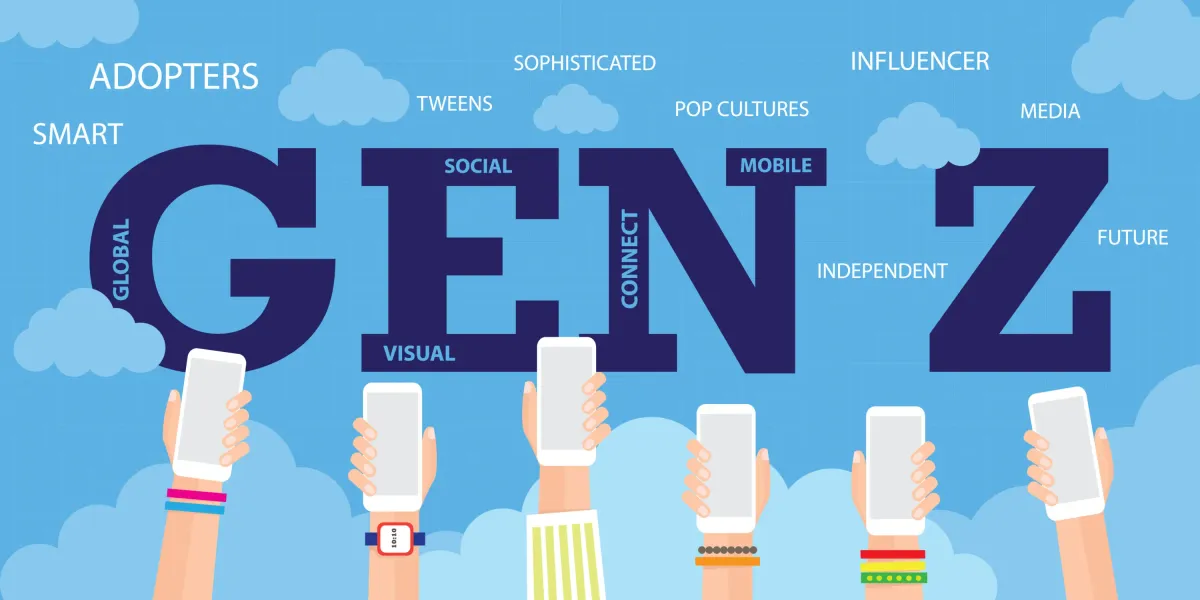
From hesitation to content confidence
Brier’s content career started like many others—on Instagram during the early pandemic days.
But even as she slowly transitioned to TikTok, self-doubt lingered. “I was so afraid to put myself out there on the internet, like terrified,” she shared. “I was doing that for a year. I was not posting on TikTok much because I didn’t understand it.”
That changed in August 2021, when Brier uploaded a video playing a subtly hilarious New York friend who craves one-on-one hangouts. With just a flat “oh,” she struck a chord with audiences. The post spread quickly—first across TikTok, then X (formerly Twitter)—cementing her place as a breakout comedy voice.
@sabrina.cinoman.brier 🫶 #oh
♬ original sound - Sabrina Brier
Instead of orchestrating viral content, Brier created something that felt real. It worked. And it keeps working.
Virality means more than big numbers
In reflecting on that viral hit, Brier emphasized how much her perspective has changed: “In the beginning, I was just so obsessed with getting the highest number possible,” she said. “But… virality can also mean… the recognition of not just my face and the numbers, but ‘we know this character now.’”
That shift—from numbers to narrative—matters for marketers and creators alike. As the industry matures, the goal is no longer just reach, but resonance.
For Brier, success wasn’t just fame. It was familiarity. Her audience didn’t just watch—they understood her content. And that’s what turned a viral moment into a career opportunity.
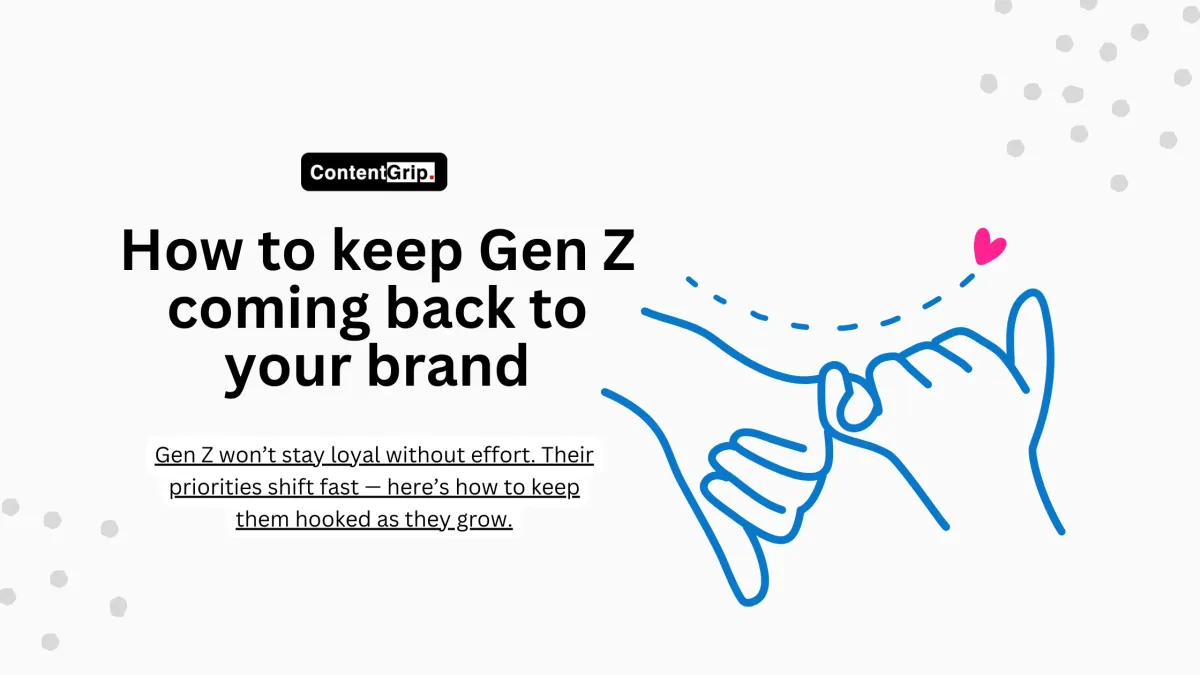
Turning authentic content into brand deals
The viral spike in August 2021 soon turned into monetization. By November, Brier had brand deals with Sleepytime Tea and Neon Zebra Drinks. Her approach? Staying flexible—but never fake.
@sabrina.cinoman.brier She is ~one~ with tech. Check out @Back Market #techreborn #backmarket #partner
♬ original sound - Sabrina Brier
“I like when a brand comes in with [a specific direction] because it gives it something to model things off of,” she noted. “But I also don’t care if it’s not the exact fit, as long as it’s hitting the goal.”
This approach offers a clear takeaway: creators (and marketers working with them) should value alignment over forced messaging. When content fits the creator’s voice—even loosely—it resonates better with the audience, making campaigns feel less like ads and more like extensions of the creator’s identity.
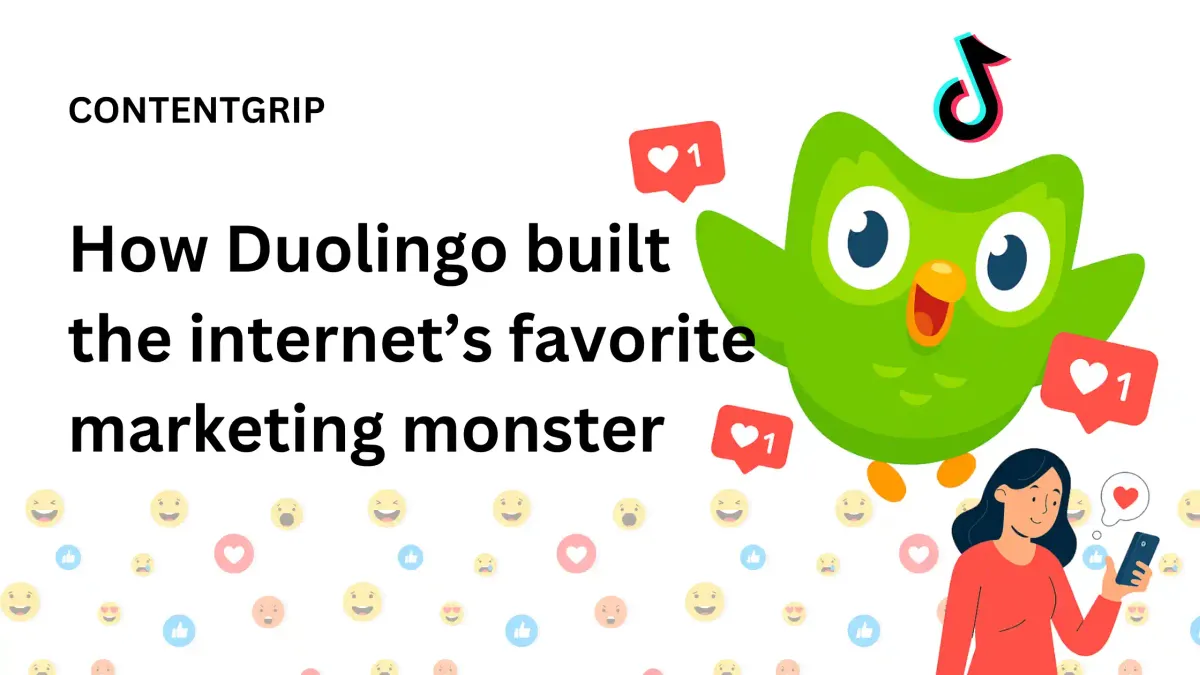
What marketers should know
Whether you're working with creators or building your own brand content, Brier’s story holds valuable lessons:
1. Chase connection, not clicks
Authenticity builds lasting recognition. Instead of obsessing over metrics, focus on stories, characters, and creative voice that your audience can connect with repeatedly.
2. Let creators lead with what feels natural
The best branded content doesn’t read like an ad. Give creators room to bring their audience-first sensibility into brand collaborations—this drives better engagement and authenticity.
3. Don’t wait for “perfect” content
Brier didn’t overthink her viral hit. She posted what made her laugh. In fast-paced digital spaces, done is often better than perfect. Encourage experimentation and rapid iteration.
4. Use relatability as a creative KPI
Comedy, emotion, and even awkwardness can be powerful tools when building characters that stick. Measure success not just by reach, but by how deeply a concept lands with viewers.
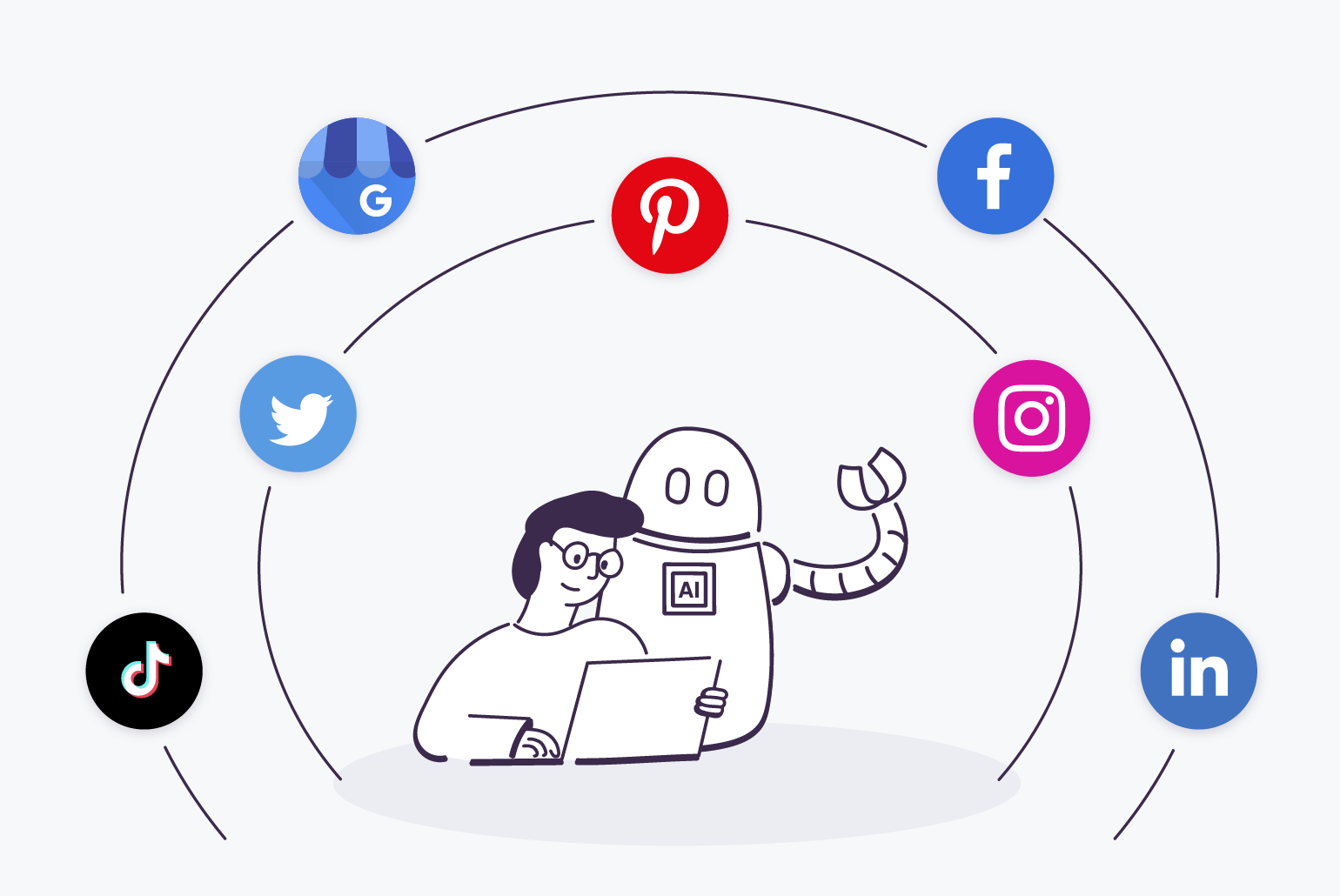
Recommended tools for creators focused on authenticity
While you can’t engineer authenticity, the right tools can help streamline your creative process, analyze performance with intention, and keep your voice consistent across content.
Here are some useful AI and non-AI tools that align with a creator-first—not algorithm-first—approach:
1. Notion – Creative process and content planning
Creators like Brier who focus on building characters and voice over time can benefit from structured creativity. Use Notion to brainstorm scripts, organize recurring character traits, and track what resonates most with your audience.
2. Descript – Fast, human-first video editing
This AI-powered tool simplifies video editing with a text-based interface, perfect for creators making spoken content. Its overdub and filler word removal features help maintain flow while keeping content sounding natural and unscripted.
3. Later or Buffer – Scheduling without losing spontaneity
These non-AI social media schedulers help creators stay consistent while allowing space for real-time engagement. Batching content lets you stay visible without falling into a “post every day” mindset that often leads to burnout.
4. Captions.ai – Auto-captions with personality
This AI tool automatically adds captions to videos but lets you customize fonts, colors, and pacing—great for making your tone and humor shine through, especially for short-form videos like TikToks or Reels.
5. Audience by SparkToro – Understand your followers, not just the metrics
SparkToro’s Audience tool helps you learn what your real followers care about—not just who clicks. This can inform brand partnerships and content topics that feel authentic to your audience’s interests.
6. Canva – Branded visuals without creative compromise
For creators who also dabble in visual storytelling, Canva is a go-to for maintaining a consistent aesthetic without needing a full design team. It’s ideal for packaging comedy clips, announcements, or branded posts.
By using tools like these to support creativity—not dictate it—creators can stay grounded in what matters: voice, connection, and long-term trust.
Sabrina Brier’s journey reminds us that in the long game of content creation, chasing numbers alone isn’t a winning strategy.
Creators—and marketers—need to focus on connection, character, and creative consistency. When you stop forcing virality and start focusing on voice, the audience finds you.







